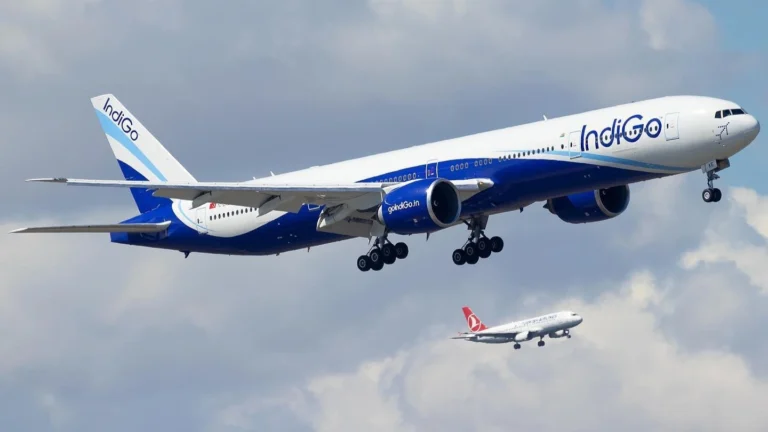BENGALURU- The Indian sky has long been dominated by domestic routes, but in recent years, IndiGo Airlines (6E), the country’s largest and most successful airline—has been steadily building an international network that is as ambitious as it is strategic.
With a fleet approaching 400 aircraft, the daily operations exceed 2,200 flights. With a robust 60% domestic market share, IndiGo has successfully translated that scale into cross-border growth. But where exactly is India’s blue-tailed behemoth flying abroad the most?
Here’s a deep dive into IndiGo’s top 10 international routes, ranked by weekly seat deployment and frequency. These routes not only showcase the airline’s high-traffic international segments but also underline the scale of IndiGo’s regional and global aspirations.
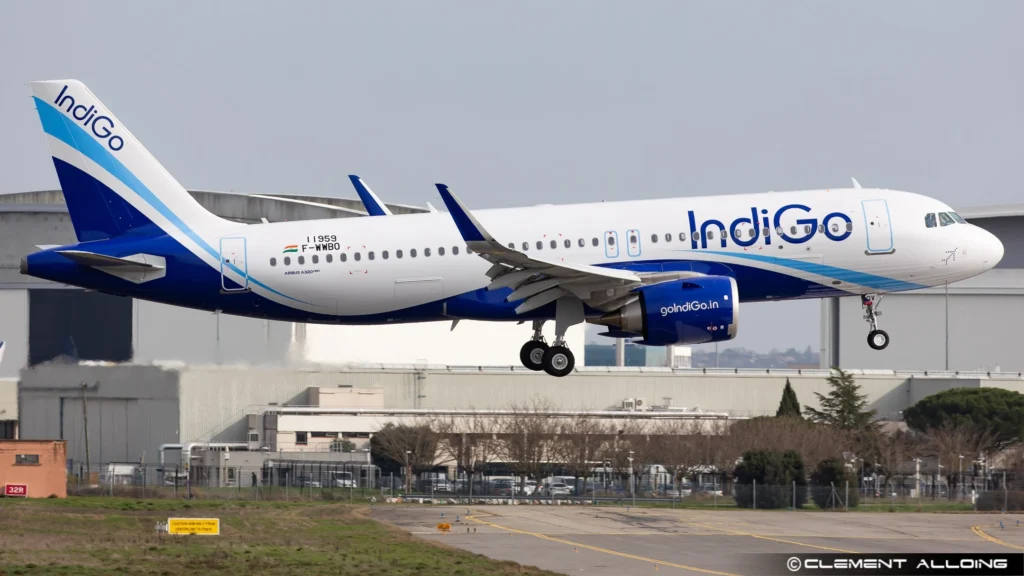
IndiGo Top 10 International Routes
1. Mumbai – Dubai
At the top of the international chart sits the ever-busy Mumbai–Dubai route. With four daily flights operating between India’s financial capital and the UAE’s commercial hub. IndiGo deploys over 5,200 seats weekly on this route alone. This is the only route that sees over 5000 seats.
All flights are operated by the 186-seater Airbus A320neos. A320neos are the airline’s most used aircraft for short- to medium-haul international routes. Mumbai–Dubai has always been a heavyweight corridor, not just for leisure and tourism but also for trade and labor movement.
IndiGo’s massive presence here reflects both volume and consistency, making it a crown jewel in its international network.
2. Singapore – Chennai
Coming in second is the Singapore–Chennai route. This is a strong performer that has grown steadily over the years. With three daily flights linking Tamil Nadu’s capital to the Southeast Asian financial powerhouse, the route sees a clever mix of aircraft deployment.
One of the three daily flights is operated using the 232-seater Airbus A321neo, while the remaining two utilize the 186-seater A320neos. That combination offers a total of 4,228 weekly seats. Given the deep-rooted cultural and economic ties between Chennai and Singapore.
This route caters to business professionals, families, and a steady stream of students. The frequency and aircraft mix speak volumes about how strategic this connection is for IndiGo’s ambitions in Southeast Asia.
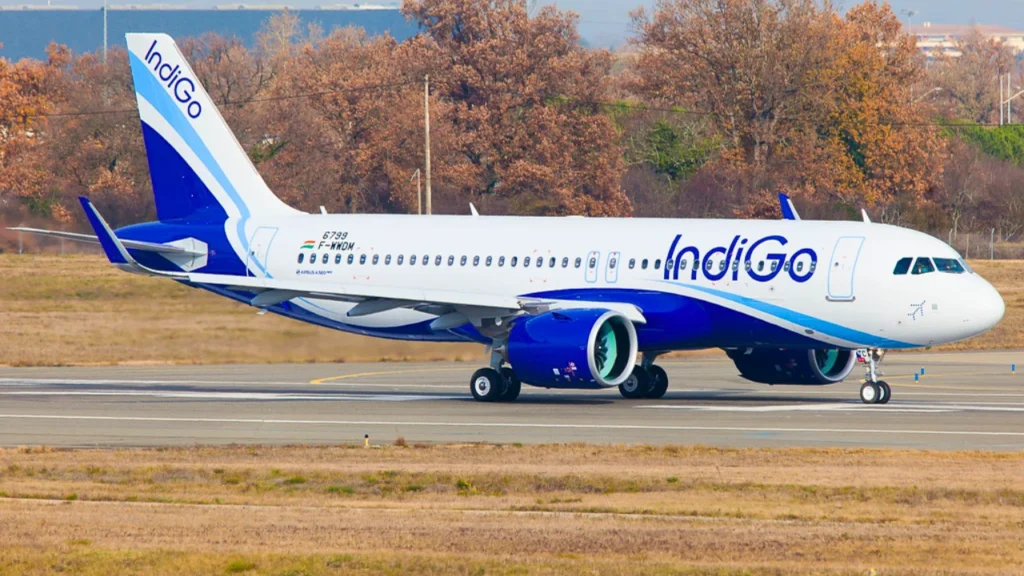
3. Delhi – Kathmandu
Next is the short but comes as the 3rd busiest route, the Delhi–Kathmandu route. IndiGo flies three times daily with the reliable Airbus A320neo aircraft. That adds up to nearly 3,906 weekly seats. Given Nepal’s proximity and its close diplomatic and cultural relationship with India, this is a route where demand remains resilient year-round.
Tourists, pilgrims, and even diplomatic travelers make up the passenger profile. Moreover, Kathmandu has grown into a key South Asian capital, and IndiGo’s stronghold on this route keeps it ahead of competitors in regional connectivity.
4. Mumbai – Istanbul
The Mumbai–Istanbul route is where IndiGo operates its long-haul aircraft that is wet leased. Operating one daily flight using a widebody Boeing 777—which is wet-leased from Turkish Airlines—this single route accounts for 3,717 weekly seats.
With a seating capacity far beyond any narrow-body jet, the B777 transforms this 6-hour flight into a premium corridor. The service not only connects two economic powerhouses but also offers Indian travelers one-stop access to Europe via Turkish Airlines’ vast network from Istanbul.
For IndiGo, this partnership and route are critical in entering the European market without owning a widebody fleet of its own.
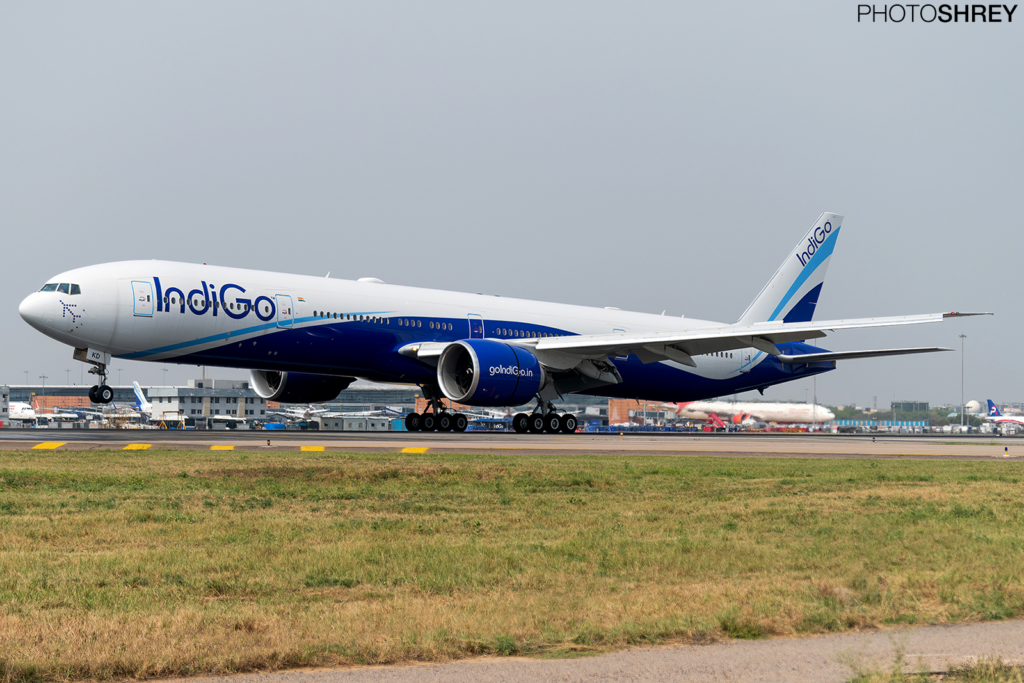
5. Delhi – Istanbul
Closely following is the Delhi–Istanbul route, also operated daily using a Turkish Airlines Boeing 777. Like its Mumbai counterpart, it contributes 3,717 weekly seats. It is a tie between Mumbai and Delhi, but the ranking here is based on the market size to Istanbul.
Both Delhi and Istanbul are prominent capitals, and this connection forms a part of IndiGo’s long-term vision to become a serious contender in the Indo-European aviation corridor. The B777s bring not only capacity but also premium cabin offerings—something that IndiGo traditionally lacks in its narrow-body fleet.
6. Chennai – Colombo
At number six is the first South Asian route, a connection between Chennai and Colombo. Operating 16 times weekly, down from 21 times, this route is fully flown with the Airbus A321neo, each of which seats 232 passengers.
That means 3,712 seats weekly. Culturally and economically, this route is significant. The Southern Indian state, Tamil Nadu’s diaspora in Sri Lanka, ongoing trade relationships, and growing tourism have made this one of IndiGo’s strongest regional routes.
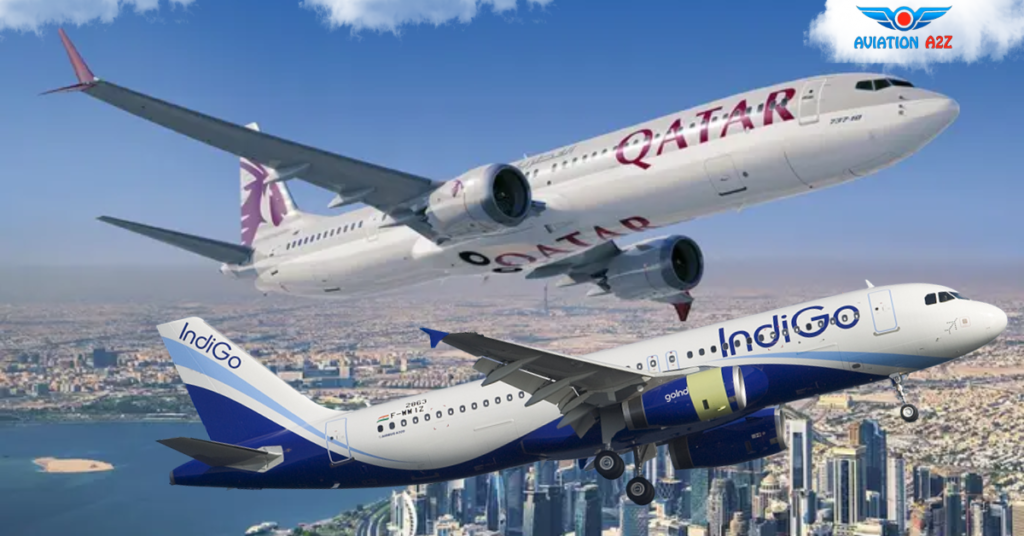
7. Mumbai – Doha
In seventh place is another major Gulf route—Mumbai to Doha. This corridor is handled using three daily flights operated by IndiGo’s wet-leased Boeing 737s from Qatar Airways. These 176-seater jets make up a total of 3,696 weekly seats.
The India-Qatar corridor has become increasingly important, especially with Qatar’s growing labour and business ties with India. Also, IndiGo operates the majority of India – Qatar flights under a codeshare partnership with Qatar Airways.
The aircraft may not be IndiGo’s own, but they wear the brand and fly with the same efficiency, offering customers reliable service on one of the densest corridors in the region.
8. Hyderabad – Doha
Closely trailing is the Hyderabad–Doha sector. IndiGo operates 20 weekly flights in this sector. Unlike Mumbai–Doha, this route features a mixed fleet. Thirteen of the twenty weekly flights are operated by 176-seater Boeing 737s. The remaining seven are flown using 186-seater A320neos.
This combination brings the weekly seat count to about 3,590. Hyderabad, a major tech and healthcare hub, sees consistent movement for both professional and personal reasons. The high frequency and seat count highlight IndiGo’s dominance on this Middle East corridor, providing convenience and flexibility for a wide demographic of travelers.
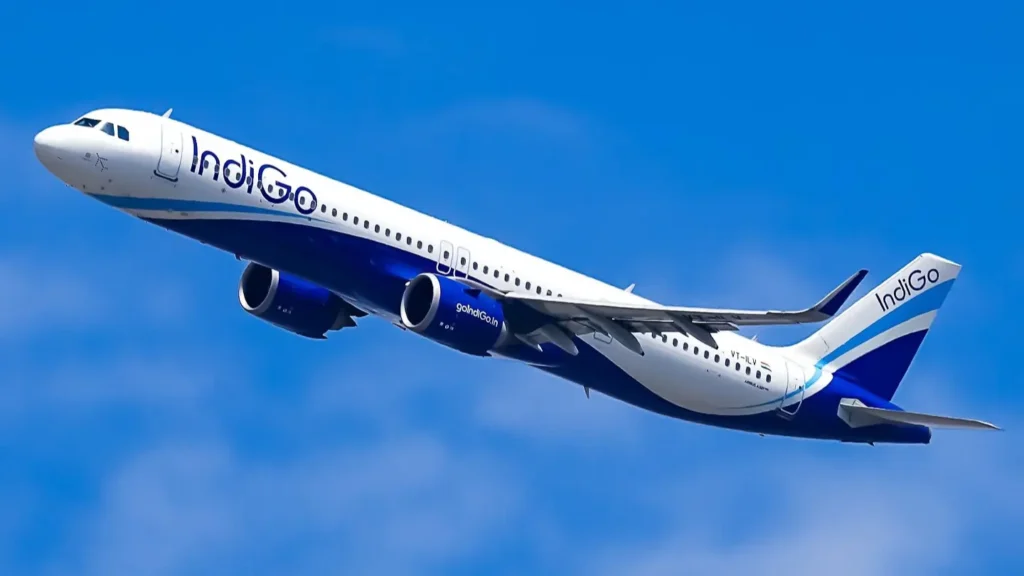
9. Mumbai – Abu Dhabi
Further down the list, but still significant, is the Mumbai–Abu Dhabi route. Flown using the larger 232-seater A321neos, IndiGo operates two daily flights in this sector. This contributes to a total of 3,248 seats weekly.
Abu Dhabi is not just a labor destination; it has emerged as a financial and tourism hub. IndiGo’s use of A321neos here indicates strong and steady demand, especially from the premium economy and corporate travel segments.
10. Bengaluru – Colombo / Mumbai – Jeddah / Mumbai – Muscat
The final position is a tie among three routes. The routes are Bengaluru–Colombo, Mumbai–Jeddah, and Mumbai–Muscat. Each of these routes contributes approximately 2,926 weekly seats. This count is based on the operation of two daily flights using the 186-seater A320neos. Another frequency of the routes likely benefits from a single 232-seater A321neo to round out the numbers.
These routes may not individually break into the top five, but they serve crucial niches—whether it’s religious travel to Jeddah, labor and trade links to Muscat, or cultural ties to Colombo. They underline IndiGo’s versatility and reach across various travel segments and regions.
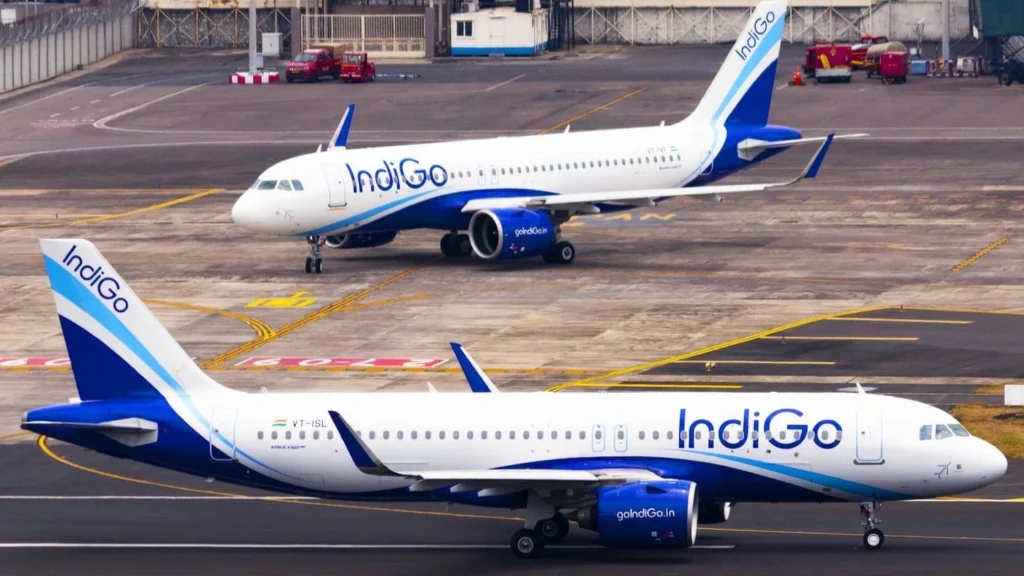
Fleet Deployment
A significant takeaway from IndiGo’s international operations is its smart fleet utilization. The airline relies heavily on its 186-seater A320neo fleet for most regional routes. These aircraft are fuel-efficient, modern, and capable of turning around quickly—ideal for IndiGo’s high-frequency model.
For higher-demand routes or longer hauls, the 232-seater A321neos are deployed. These jets offer more seats, greater range, and in select configurations, a small business class section—signaling IndiGo’s evolving approach to premium travel.
In markets where IndiGo does not have the necessary aircraft type or range, it partners with other carriers. This is seen in the use of wet-leased 176-seater Boeing 737s from Qatar Airways and the Boeing 777s from Turkish Airlines. These partnerships allow IndiGo to maintain brand continuity while offering services on routes beyond the typical operational limits of its own fleet.
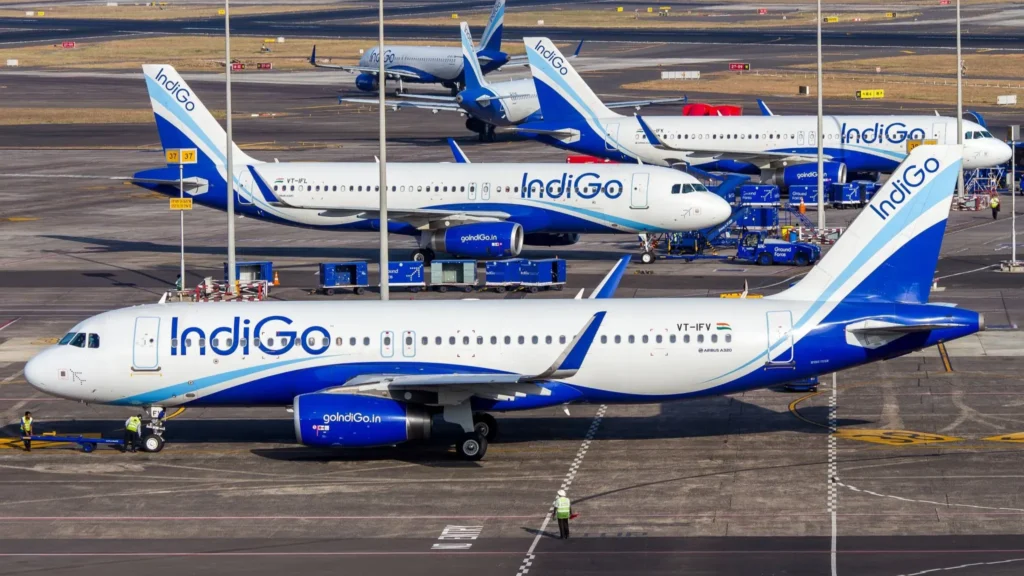
Bottom Line
IndiGo’s top 10 international routes are a testament to its strategic vision of transforming from a domestic powerhouse to a formidable international player. Each of these routes reflects careful planning, an understanding of passenger demand, and an ability to scale operations with precision.
IndiGo is building international corridors that connect India to the world. The airline eyes further expansion and plans to add widebody aircraft in the coming years. This list is likely to grow and evolve—but for now, these ten routes define IndiGo’s global reach.
Stay tuned with us. Further, follow us on social media for the latest updates.
Join us on Telegram Group for the Latest Aviation Updates. Subsequently, follow us on Google News

